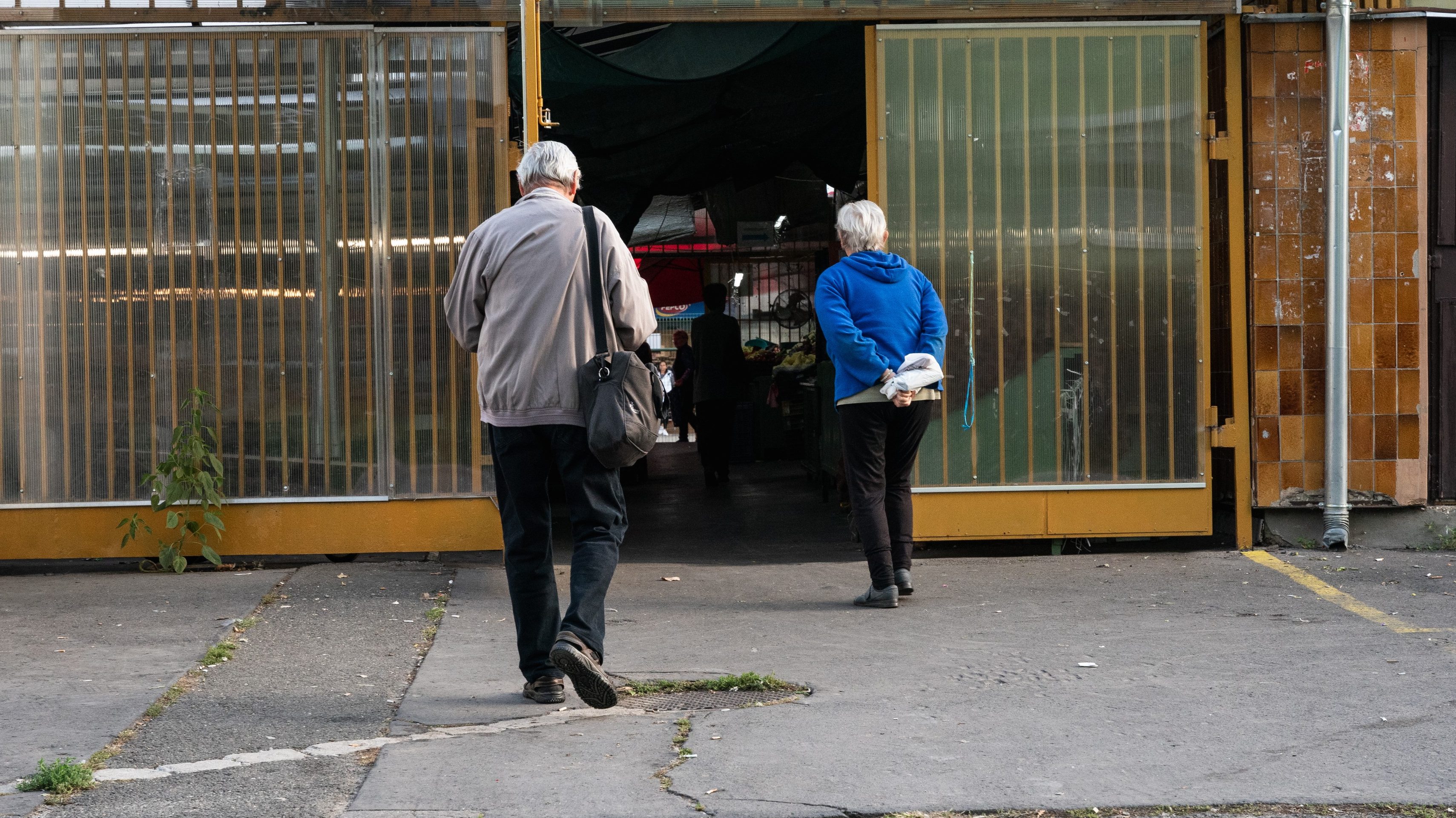The growth of exports and imports remained dynamic during the first quarter. The $700 million foreign trade deficit was result of $7 billion in imports and $6.3 billion in exports. The additional deficit caused by rising fuel costs was partly counter-balanced by investment and tourism-generated revenues. Exports were 9.8% up in USD value with imports growing 10.1%; in real value this amounts to 17.5% and 15.2% respectively. Free zone exports were up 14.3% – lower than the previously customary pace of about 20%, yet even so the stake of free zone exports within exports went up 2%, reaching 44%.
Reversing the earlier trend of constant decline, exports to CIS countries and more closely to Russia grew about 20%. Another remarkable fact is that by the end of the year the Hungarian-EU trade surplus could be twice as much as last year.
The share of natural gas has been now on the rise for months within fuel imports. The higher imports necessitated by growing oil prices have been counterbalanced by the significant growth of exports to the EU and primarily to Germany. In the second half of the year, trade balance may further improve, mostly thanks to agricultural exports, but also because of an expected drop in oil prices. The growth rate of export is likely the stay the same, while the devaluation of the national currency could be lowered to a monthly 0.2% rate.


